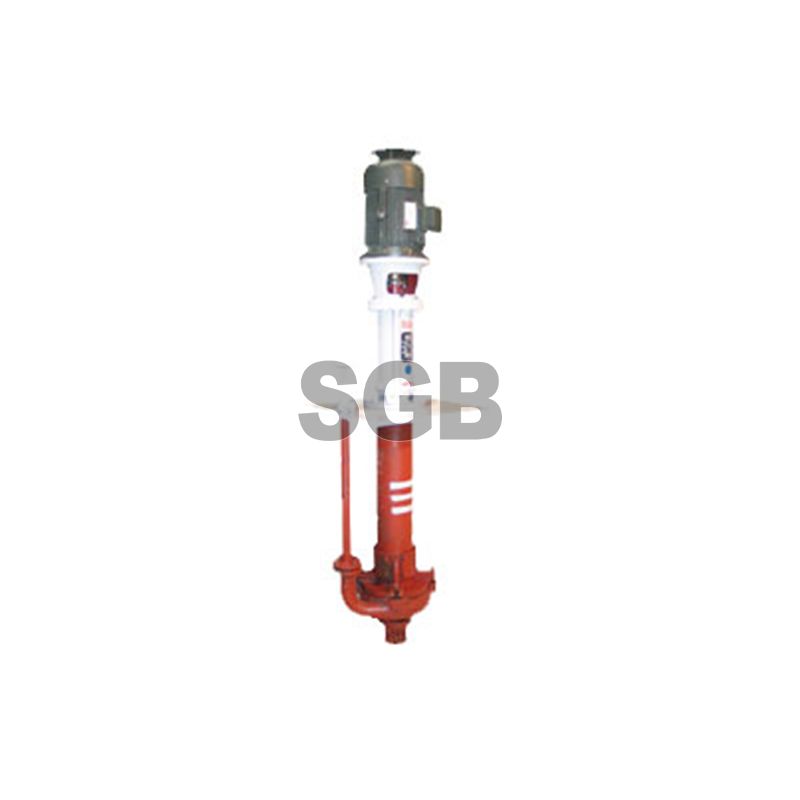Vertical Slurry Pump vs Horizontal Slurry Pump: Making the Right Choice
In the world of industrial fluid handling, the choice between a Vertical Slurry Pump and a Horizontal Slurry Pump can significantly impact the efficiency and performance of your operations. While both types serve the same fundamental purpose – moving abrasive and corrosive fluids – they do so in distinctive ways, each offering unique advantages and disadvantages. In this comprehensive guide, we will delve deep into the intricacies of these two pump types, helping you make an informed decision that aligns with your specific needs and requirements.
Understanding Slurry Pumps
Before we explore the differences between vertical and horizontal slurry pumps, let's establish a foundational understanding of what slurry pumps are and why they are crucial in various industrial applications.
The Role of Slurry Pumps
Slurry pumps are specialized equipment designed for handling slurries – mixtures of solid particles and liquid. They are commonly used in industries such as mining, construction, wastewater treatment, and more. Slurries can be highly abrasive, containing particles like sand, gravel, or even small rocks, and they can be particularly challenging to move efficiently.
The primary role of slurry pumps is to transport these abrasive mixtures from one location to another. They play a pivotal role in maintaining the flow of operations and preventing the wear and tear of equipment.
Vertical Slurry Pumps
Vertical slurry pumps, as the name suggests, are designed to operate with the pump shaft in a vertical position. Here are some key characteristics of vertical slurry pumps:
1. Space Efficiency
Vertical slurry pumps are known for their space-efficient design. They occupy less horizontal space compared to their horizontal counterparts, making them an excellent choice for installations with limited floor space.
2. Immersion Depth
One significant advantage of vertical slurry pumps is their ability to be fully submerged in the slurry. This feature allows for improved cooling and prevents the pump from running dry, reducing the risk of damage.
3. Minimal Maintenance
Vertical slurry pumps are often praised for their minimal maintenance requirements. Their vertical design means there are fewer moving parts, reducing the chances of mechanical failure.
4. Wide Range of Applications
These pumps find applications in various industries, including sump drainage, pit dewatering, and tank transfers. They are particularly effective in handling slurries with a high solids concentration.
Horizontal Slurry Pumps
Horizontal slurry pumps on the other hand, have the pump shaft in a horizontal orientation. They come with their own set of advantages and are suitable for specific applications:
1. Ease of Installation
Horizontal slurry pumps are relatively easy to install and maintain. Their horizontal orientation simplifies the process of connecting them to the piping system.
2. High Efficiency
These pumps are known for their high efficiency, making them an excellent choice for continuous-duty applications where a consistent flow is required.
3. Handling Viscous Fluids
Horizontal slurry pumps excel at handling viscous slurries. Their design ensures efficient movement even with higher viscosity mixtures.
4. Wide Range of Impeller Options
Horizontal pumps offer a wide range of impeller options, allowing for customization based on the specific needs of the application.
Making the Right Choice
So, the question remains: which type of slurry pump is the right choice for your operations? The decision should be based on a careful evaluation of your specific needs and the demands of your industry.
When to Choose Vertical Slurry Pumps
Limited Floor Space: If space is a constraint, vertical slurry pumps are a great fit.
Immersion Requirements: When the pump needs to be fully submerged for cooling and preventing dry running.
Low Maintenance: For applications where minimal maintenance is preferred.
When to Choose Horizontal Slurry Pumps
Easy Installation: When you need a pump that's quick and straightforward to install.
High Efficiency: For continuous-duty operations that demand consistent flow rates.
Viscous Slurries: When you are dealing with thicker, more viscous slurries.
In conclusion, the choice between vertical and horizontal slurry pumps is not about one being universally better than the other. It's about selecting the right tool for the job. Understanding your operational needs and the unique advantages of each pump type is crucial in making an informed decision.


Comments
0